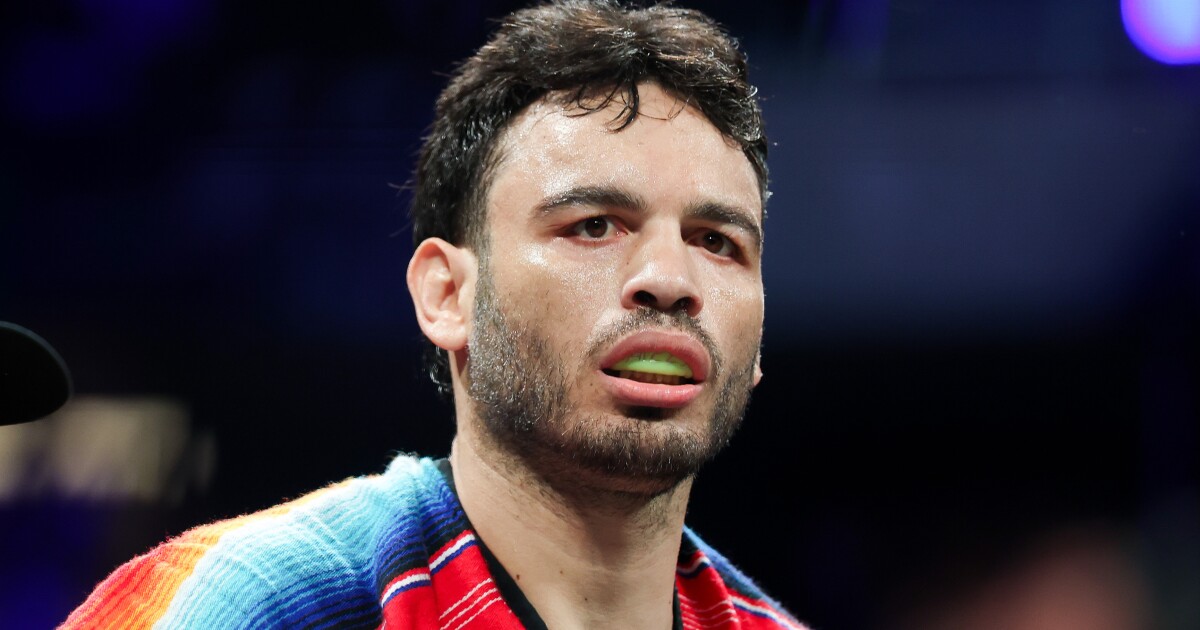New Delhi: Since taking office in 2014, Prime Minister Narendra Modi has passionately promoted the ‘Swadeshi’ movement, focusing on supporting local goods over imports. His initiatives, including the ‘Make in India’ campaign, aim to enhance self-reliance and bolster India’s economy. This movement also celebrates Indian culture through the promotion of Yoga, Hindi, and traditional attire.
The ‘Make in India’ initiative encourages domestic manufacturing. As a result, the manufacturing sector recently hit a 16-month high, registering a score of 59.1 in July. The government has introduced Production Linked Incentive (PLI) schemes across 14 sectors. These schemes incentivize local production, attract investment, and strengthen India’s position as a manufacturing hub.
Another significant aspect of Modi’s economic strategy is reforming Foreign Direct Investment (FDI) regulations. Easier FDI rules aim to bring in foreign investments that, in turn, create jobs and foster technological advancements. This move helps build a more resilient local supply chain and diminishes reliance on imports.
Modi’s National Logistics Policy has improved how goods are transported within India, lowering costs and enhancing efficiency in the supply chain. This holistic approach has empowered various sectors, especially defense, where exports reached an impressive ₹23,622 crore last year, marking a 12.04% growth from the previous fiscal year. The goal is to elevate defense exports to ₹50,000 crore by 2029.
During a recent address, Modi highlighted the launch of India’s first semiconductor chip by the end of 2025. He also emphasized the need for energy self-sufficiency through advancements in solar, hydrogen, and nuclear energy, projecting substantial growth in India’s nuclear capabilities by 2047.
In light of global trade tensions, Modi has urged Indian businesses to embrace the ‘Swadeshi’ philosophy, advocating for the support of domestic products. He sees this as a crucial step towards serving the nation.
Promoting Hindi: PM Modi proudly speaks Hindi in his speeches, resonating with a sense of national identity. He emphasizes the importance of the language both domestically and internationally. On ‘Hindi Diwas,’ he stated, “Hindi is a vibrant heritage of our identity.” His dedication to other Indian languages, like Tamil and Bangla, further reflects his commitment to cultural diversity.
Globalizing Yoga: Modi has turned Yoga into a global phenomenon. He proposed June 21 as ‘International Day of Yoga’ during a UN General Assembly meeting in 2014. His belief that Yoga can positively influence lifestyles and address climate change has made him a leading ambassador for this ancient practice.
Cultural Representation: Modi’s traditional attire, whether at home or abroad, showcases his pride in Indian culture. He often wears colorful turbans and local costumes, representing the diverse heritage of the regions he visits. His love for Khadi—hand-spun textile—symbolizes his commitment to supporting Indian artisans, promoting sustainability, and celebrating local craftsmanship.
Ultimately, PM Modi’s focus on ‘Swadeshi’ hasn’t just fostered economic growth; it’s also helped in reinforcing India’s identity and values on the global stage. With policies aimed at self-reliance, India is working towards a future that embraces its rich cultural heritage while adopting modern advancements.
The trends indicate a growing respect for indigenous products, and how they resonate with a nationalistic sentiment in various social media discussions. Many people express pride in supporting local brands, especially through platforms like Instagram and Twitter.
With these initiatives, India finds itself on a path towards greater self-sufficiency, cultural pride, and economic independence. Achievements like the semiconductor and rising defense exports mark significant milestones in this journey.
Source link
Swadeshi, Make in India, Atmanirbhar Bharat, Modi policies, Indian economy, PLI schemes, FDI reforms, Yoga, Hindi promotion, Traditional attire






















